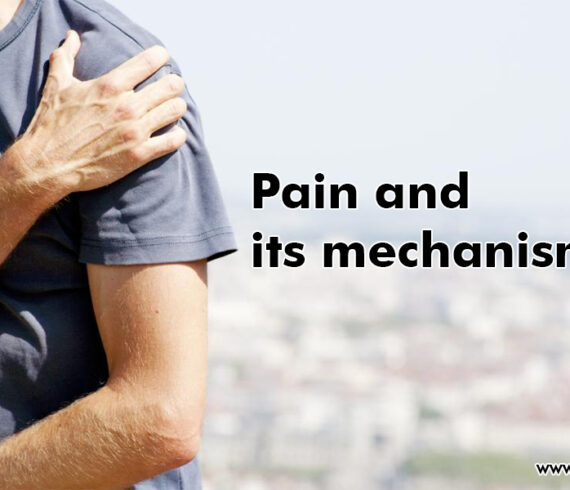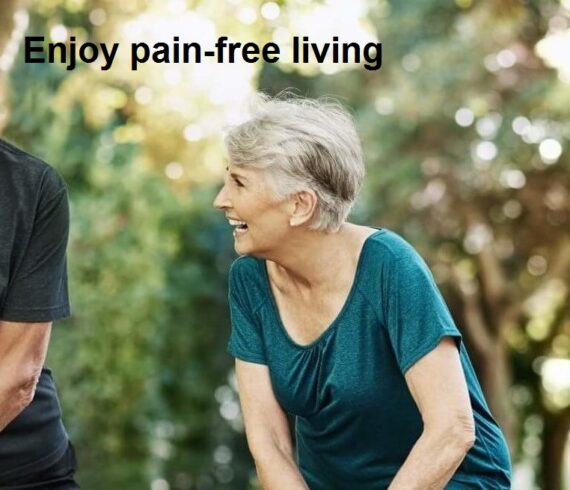

How can be pain defined?
A distressing feeling often caused by intense or damaging stimuli, sounds technical right? To be said in simpler terms, unpleasant feeling such as a prick, tingle, sting, burn, or ache. Pain may be sharp or dull. It may come and go, or it may be constant.
What pain does to the body?
Pain, when not relieved soon, it causes stress to get over it. Stress has both physical and emotional effects on our bodies. It can
- raise your blood pressure,
- increase your breathing rate and heart rate
- cause muscle tension. These things are hard on the body. They can lead to
- fatigue
- sleeping problems
- changes in appetite
Unrelieved pain is a stressor that can lead to physiologic changes and negative effects on the endocrine, cardiovascular, gastrointestinal and immune systems.
Surprising facts on pain!
- The brain doesn’t feel pain
- Women feel more pain than men
- A rare genetic condition (congenital insensitivity) can make people unable to feel pain
- Pain results from tissue damage
- It is a part of the body’s defense mechanism.
Find what type of pain you experience
- Acute pain starts suddenly and is short-term
- Chronic pain lasts for a longer period of time
- Breakthrough pain often happens in between regular, scheduled painkillers
- Bone pain happens when cancer is affecting a bone
- Soft tissue pain happens when organs, muscles or tissues are damaged or inflamed
- Nerve pain happens when a nerve is damaged
- Referred pain is when pain from one part of your body is felt in another
- Phantom pain is when there is pain in a part of the body that has been removed
- Total pain includes the emotional, social and spiritual factors that affect a person’s pain experience
Acute pain
Generally intense and short-lived. It is the body’s way of alerting a person to an injury or localized tissue damage. Treating the underlying injury normally resolves this type of pain.
Acute pain often is described as sharp, throbbing, shooting or stinging, though it can also be mild. It usually improves once the cause has been treated. Acute pain that isn’t resolved can eventually turn into chronic pain. Some acute pain like an arthritis flare or gout attack – comes and goes.
The body’s “fight-or-flight” mechanism is triggered by acute pain, often resulting in faster heartbeats and breathing rates. There are different types of acute pain:
- Somatic pain is superficial pain that is felt on the skin or soft tissues just below the skin.
- Visceral pain originates in the internal organs and the linings of cavities in the body.
- Referred pain is felt at a location different to the source of tissue damage, such the shoulder pain felt during a heart attack.
Mechanism behind
Pain is felt when special nerves that detect tissue damage send signals to transmit information about the damage along the spinal cord to the brain. These nerves are known as nociceptors.

The brain then decides what to do about the pain. For example, if you touch a hot surface, a message will travel through a reflex arc in the spinal cord and cause an immediate contraction of the muscles. This contraction will pull your hand away from the hot surface.

This happens so fast that the message doesn’t even reach the brain. However, the pain message will continue to the brain. Once there, it will cause an unpleasant sensation of pain to be felt. The brain may also release feel-good chemicals such as dopamine to counter the unpleasant effects of the pain.
Simple ways to overcome pain
- Take deep slow breaths
- Meditate a little every day
- Sniff a green apple
- Put on your game face
- Turn up the volume
- Manage your mind
One such simple way to palliate your body pains – DoloBalm pain balm by Dr.JRK’s Research and Pharmaceuticals, A smart choice in acute pain management

Benefits of DoloBalm
- Effective pain relief balm for acute pain of various origin
- Offers anti-inflammatory and analgesic effect
- Offers quick sustained relief from neck and back pain
- Presented in non-sticky and non-messy form
Composition
- Cinnamomum camphora – 0.2mg
- Gultheria fragrantissima – 0.5mg
- Clerodendrum phlomoidis – 5.0mg
- Cardiosperum helicacabum – 5.0mg
- Mentha piperata – 0.2mg
- Balm base with bees wax – Q.S
Directions for use
Apply DoloBalm over areas of pain and gently massage. Continue regular usage until pain subsides. (Or) As directed by the physician
Caution
Avoid usage over open or cut wounds and near eye.
http://www.jrkresearch.com/dolo-balm-pain-balm.php








